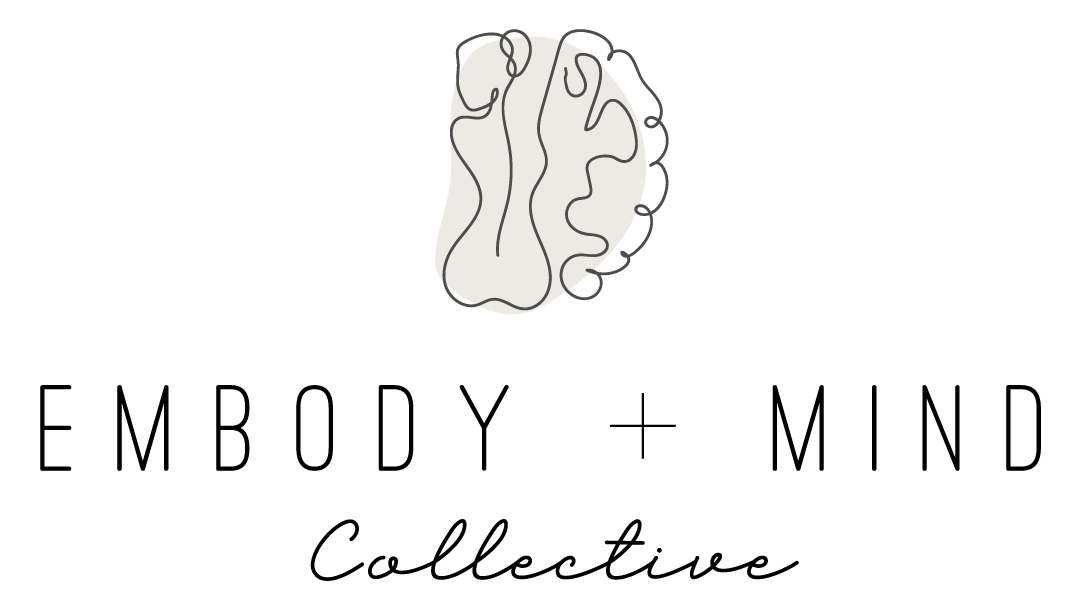Why is there a Table in Your Office?
Given that I am a licensed psychotherapist, this isn’t a strange question for people to ask. I am not a licensed bodyworker, chiropractor, massage therapist, nor energy worker. So, why exactly do I have a table, that looks exactly like one you might see in your massage therapist’s room, in my office?
First, a little background about my clinical experience. I started off my career by interning and then subsequently working for several years in a community mental health setting. I worked primarily with adults and many of those individuals had survived some fairly overwhelming and complex experiences. At some point during my initial years there, I began to feel as though I didn’t have all the tools needed to most effectively help my clients heal. So, I sought out answers.
In having discussions with other clinicians, I serendipitously stumbled upon an upcoming training happening about a month out. This training would be the start of my learning about exactly how trauma, or overwhelming experiences, impacts our abilities to be in the present moment and live our lives to the fullest. And, maybe more importantly at that time, how these experiences got “stored” in our bodies in a way other memories don’t. Now, I won’t get into all the neuroscience in this post, I’ll save that for one all of its own. However, entering the Somatic Experiencing training would effectively change the way that I practiced as a psychotherapist.
It wasn’t until my third, and final, year of Somatic Experiencing that we were introduced to using tables in our practice. I laugh a little now thinking about a room full of primarily psychotherapists (and some sprinklings of bodyworkers, educators, doctors, etc.) being introduced to using tables in our work when we have been taught for the longest time as a profession that therapists don’t touch their clients. Or, rather, we have to be extremely careful about when and how we do. And while the latter is still incredibly true, Somatic Experiencing taught me just how intentional, therapeutic, non-sexual (I know, my lawyer insists I say this very obvious part), touch can be healing. I have since participated in other trainings that have focused solely on touch.
Speaking of touch, did you know that touch is the first sense to develop in utero? Before we are even visual, hearing, smelling, tasting beings we are able to detect and receive touch. Kind of wild to think about, right? And I believe this is quite significant.
In one of my undergraduate psychology classes we were taught about the Harlow monkeys. If this isn’t a study with which you are familiar, I suggest you grab a box of tissues (because how could they do this to these poor baby monkeys?!) and google it. In effect, these baby monkeys were removed from their mothers and then left them to be “cared” for by inanimate mother surrogates. These surrogates consisted of either a “mother” who was made entirely of wire and had food/sustenance or a terry cloth mother that did not have the same resources. Surprisingly to the researchers, these baby monkeys often preferred the warmth and “nurturance” of the terry cloth mother as opposed to the wire mother that had food.
Though this study was really about attachment, I also like to think about it as comfort and soothing. We, as mammals, learn how to regulate (i.e. soothe, calm, center) ourselves through our caregivers’ own regulation, nervous system to nervous system, or sometimes referenced as one of the non-verbal communications. Much in the same way as caregiver to baby, a practitioner utilizing Somatic Touch helps a client’s nervous system begin to pick up on and sense regulation with the ultimate goal of being able to sense this settling on their own.
Somatic Touch is a more hands-on (pun intended) method of helping people to become more present in their bodies. Much like Cognitive Behavioral Therapy challenges distorted thoughts, Somatic Touch can gently begin to challenge patterns within our nervous system. By the practitioner’s presence and own regulation, Somatic Touch helps our bodies come back into a sense of overall homeostasis.
So, why is there a table in my office? Because some people lie down on it during Somatic Touch. There are also people who prefer to do this work seated. Either is perfectly fine!
As I always tell my own clients, this kind of work is just an option from the therapeutic “menu” of the ways that we can work with the body, as it heals from trauma. However, if you find yourself intrigued or that this information resonates with you please contact me and we can discuss further. I look forward to connecting.
With warmth + gratitude,
Tesa
